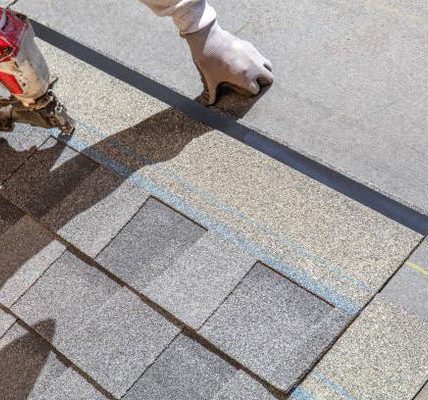Asbestos surveys are an essential step in maintaining a safe and healthy environment, especially in older buildings where asbestos-containing materials (ACMs) were commonly used. These surveys help identify the presence, location, and condition of any ACMs within a building. They are crucial for managing and controlling potential health risks associated with exposure to airborne asbestos fibers which can lead to serious diseases like lung cancer or mesothelioma.
One of the most frequently discovered items during these surveys is asbestos insulation. This was widely used in residential, commercial, and industrial properties due to its excellent heat resistance capabilities and cost-effectiveness. It can be found around boilers, ductwork, pipes, fireplaces, and even under floorboards.
Another common find is asbestos cement products such as corrugated roofing sheets or water tanks. Due to their durability and weather-resistant properties, they were extensively used outdoors but can also be found indoors as wall lining panels or ceiling tiles.
dive in for more many instances during an asbestos survey, textured coatings containing this hazardous material are uncovered. These include decorative plasters or paints that were popular for their aesthetic appeal and soundproofing qualities.
Vinyl floor tiles made with asbestos are another common discovery during these inspections. The material’s strength made it an ideal additive for increasing the lifespan of floor coverings while providing additional benefits like fire resistance.
Asbestos was also often incorporated into electrical systems due to its insulating properties; thus it’s not uncommon to discover it in fuse boxes or wiring insulation during a survey.
Additionally, sprayed coatings on ceilings and walls for fire protection purposes have been found regularly in older structures. These coatings could contain up to 85% pure asbestos making them highly dangerous if disturbed without proper safety measures.
Surprisingly enough even some household items such as ironing board covers or oven gloves have been known to contain traces of this hazardous substance which further highlights the importance of thorough inspections by trained professionals who know exactly what they’re looking for.
It’s important to note that the presence of asbestos in any of these materials does not pose an immediate risk unless disturbed or damaged, as this can release harmful fibers into the air. Therefore, it is crucial to manage these materials properly and avoid uncontrolled removal or demolition activities without a comprehensive asbestos survey.
In conclusion, asbestos surveys are vital in identifying hidden dangers within our environment. The frequently discovered items mentioned above give a glimpse of how extensively asbestos was used in the past and why its legacy continues to be a significant concern today. By conducting regular surveys and managing identified ACMs responsibly we can ensure safer environments for everyone.





